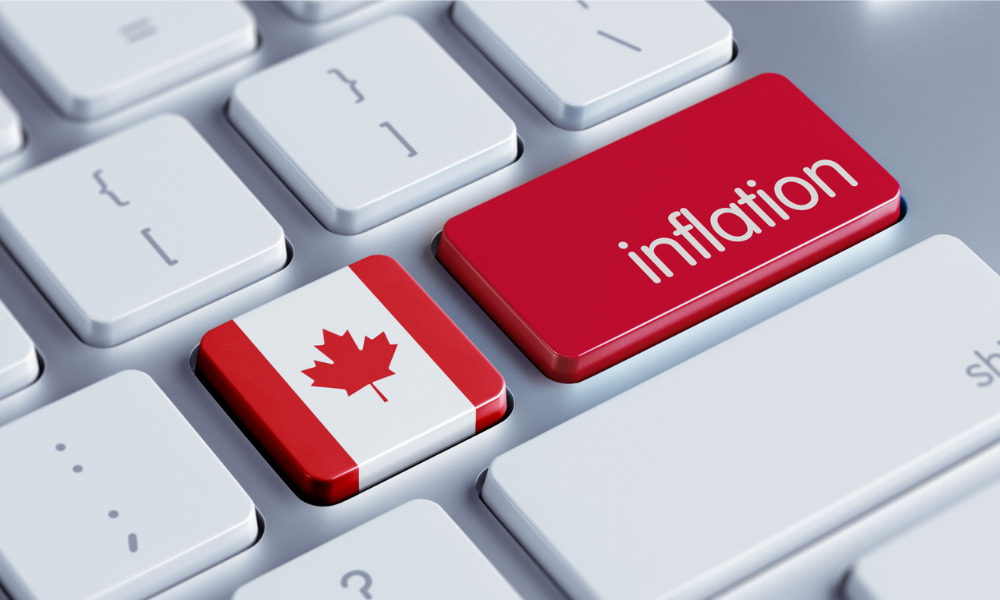The central bank remains focused on bringing inflation down to 2%

Consumer spending is likely to continue to slow in Canada as the impact of rate hikes to date becomes apparent, according to a new research note by RBC economist Claire Fan.
Writing after the release of new Statistics Canada data that showed annual inflation ticked downwards to 3.7% in September, Fan said the slight drop in the consumer price index strengthened expectations that the Bank of Canada would leave its benchmark rate unchanged for the remainder of the year.
“The lagged impact of interest rate hikes to-date will continue to exert downward pressure on consumer spending as debt payments rise as a share of household incomes, making it more challenging for businesses to raise prices as fast and as frequent,” said Fan.
“With more easing in inflation readings expected in the months ahead, we expect the Bank of Canada to stay on pause through the rest of the year.”
What were the findings regarding inflation in September?
RBC’s diffusion index noted that while price pressures had slightly narrowed in September, they were still broad-based. 60% of the consumer price index (CPI) still had an inflation rate above 3% over the last three months. In 2019, this number was only 35%.
While food inflation was at 5.9%, which was still a high year-over year, it had the smallest increase in over a year and a half. Groceries and dining out have also seen price deceleration. However, grocery expenses were still ahead of dining out expenses when it comes to the pace of easing.
Energy inflation saw a rise to 5.4%. The prices for gasoline had decreased but it wasn’t as large as the decline seen in the previous year.
Inflation readings for housing costs moderated for the first time because of the slowing growth of mortgage interest costs as well as the lowering of home prices.
Mortgage interest costs continued to rise and took account of a disproportionate share in the total price growth, which decreased to 3.2% year-over-year, not including food and energy. However, this growth had slowed to 30.6% in September which marked the first time it declined since the summer of 2021. In August, it was at 30.9%.
Home rent had accelerated with an increase of 7.1% while car purchasing and rentals, clothing, and healthcare had moderated. Prices for cell phone and airfares also saw a decrease from the levels that were seen in the previous year.
Fan noted that the slower increase in consumer prices in Canada for the month was an improvement as it was long overdue because of how the conditions of the labour market and the consumer spending data gave signs that it was cooling.
The 3-month annualized growth rate in the Bank of Canada’s “core” CPI trim and median measures had slowed down to around 3.4%. Both measures’ average month-over-month increase also slowed to 0.2%. This was 0.4% in August. The central bank’s “supercore” measure which did exclude the shelter component held a 4.3% annualized rate over the last three months.
The Bank of Canada’s recent release of the quarterly business and consumer surveys continued to show that there was a softening in the sentiment of business and consumers in Q3 as they expected that spending and growth will continue to slow down in the future quarters.



